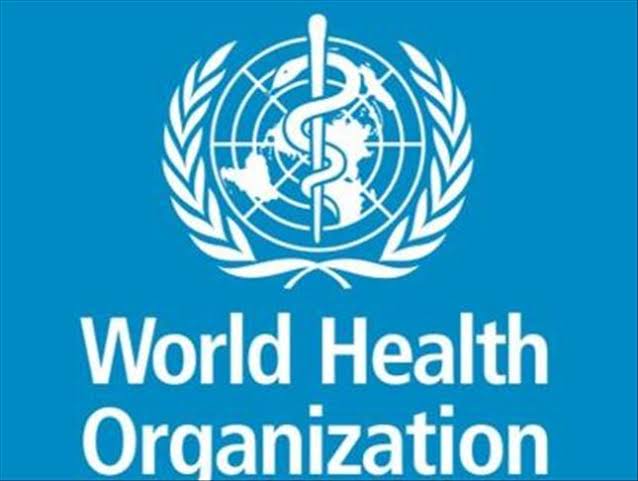Every 30 seconds, one person in the world dies of a disease caused by hepatitis.
The United Nations has planned to largely contain the various forms of viral hepatitis by 2030.
But to achieve this, diagnosis and treatment must be improved.
The World Health Organisation (WHO) said this ahead of World Hepatitis Day on Wednesday.
This year, the motto of World Hepatitis Day is “Hepatitis can’t wait’’.
The WHO had called on governments to campaign to get more people tested and treated.
“Hepatitis was an inflammation of the liver that can lead to severe liver disease and cancer.
“There are five different types of viral hepatitis, from A to E.
“They are triggered by viruses that are not related to each other,’’ WHO stated.
The pathogens are transmitted through contaminated food in the case of A and E or through blood and sexual contact in the case of B and C.
Hepatitis D only developed in people who have hepatitis B.
Hepatitis B and C are the most widespread and one of the main causes of liver cirrhosis and liver cancer.
According to WHO, an estimated 354 million people worldwide live with chronic hepatitis B or C.
Three million people become infected every year, and 1.1 million people die from it.
Although the diseases can be cured, there is a problem with diagnosis.
According to WHO estimation in 2019, only 21 percent of people with chronic hepatitis C knew they were infected.
For hepatitis B, it is only 10 percent of the infected persons knew of their infections.
Because people at high risk of infection, such as some drug users and men who have sex with men, tend to be harder for health services to reach, WHO is advocating the provision of self-tests for hepatitis C.
A new manual, recommends how and where such tests can be given and helpers trained to use them.

 Business7 days ago
Business7 days ago
 Business1 week ago
Business1 week ago
 Latest2 days ago
Latest2 days ago
 Business1 week ago
Business1 week ago
 Business1 week ago
Business1 week ago
 Business1 week ago
Business1 week ago
 Politics1 week ago
Politics1 week ago
 Latest4 days ago
Latest4 days ago

